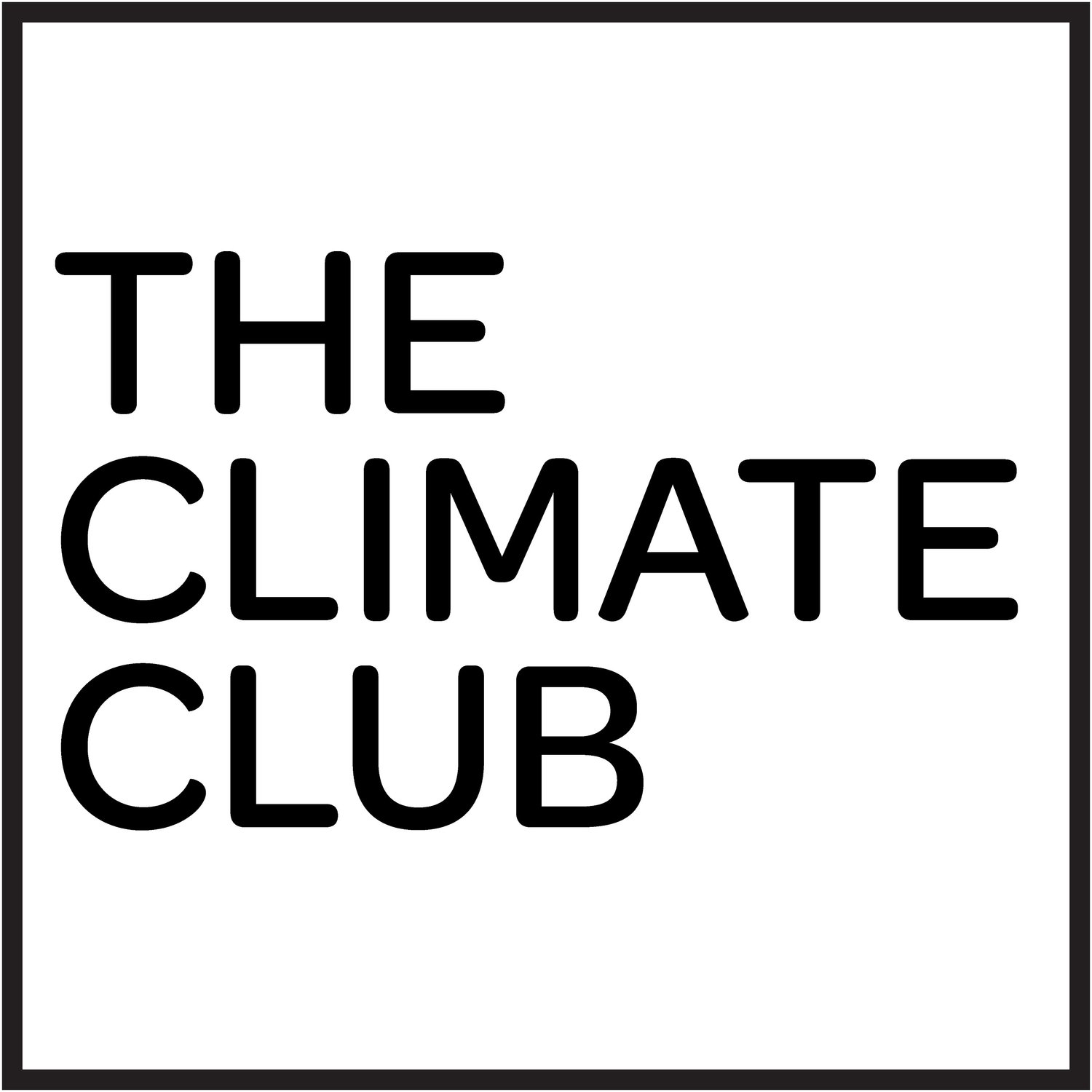The Bicycle Alternative
Personal vehicles, buses, light rail, and heavy rail produce about 0.96, 0.64, 0.36, and 0.22 pounds of CO2 per mile, respectively, but what other choices do Americans have to get around town? For many people, a humble alternative exists in the bicycle.
Gender Inequity and the Climate Crisis
Combatting gender inequity is essential if we are to tackle the climate crisis. Despite half the world’s population being female, gender disparities remain entrenched in all corners of life, and unfortunately, this is also seen in the climate crisis. Climate change “poses threats to ways of life, livelihoods, health, safety and security for women and girls around the world.” But why is this?
Climate Change and Racial Inequity
It is well documented that systemic inequities that already exist in society, such as gender, age, and wealth, influence the impacts of climate change. Race is no exception. Predominantly non-white populations experience worse air and water quality and have less influence over public policy to create systemic change.
Climate Change and Economic Inequity
Higher income countries are responsible for 79% of all carbon emissions between 1850 and 2011. G8 countries, including the US, the European Union, and the UK, continue to cause 85% of excess carbon emissions worldwide. In stark contrast, many energy-poor, urbanized countries with limited protection against extreme weather events are disproportionately suffering from the tangible consequences of climate change.
A Healthy Environment Is a Human Right
A clean, healthy and sustainable environment is now an internationally recognised, but not legally enforcing, human right.
Language is a Barrier to Climate Action
Language is vital for expressing ideas and communicating concerns. Action to combat the climate crisis relies on raising awareness and empowering positive change. Despite this, the English language dominates climate literature, further entrenching disparities in understanding the climate crisis and inciting climate action.







